Hava akışının doğru ölçümü, HVAC sistemlerinden endüstriyel proseslere kadar çeşitli uygulamalarda çok önemlidir. Her biri belirli koşullar ve gereksinimler için tasarlanmış çeşitli hava akış ölçerler mevcut olduğundan, doğru olanı seçmek zor olabilir. Bu kılavuz, ihtiyaçlarınız için en iyisini nasıl seçeceğinize dair içgörüler sunarak, belirli türleri önererek ve artılarını ve eksilerini tartışarak hava akış ölçerlerin karmaşıklığında gezinmenize yardımcı olacaktır.
İçindekiler
Hava Akış Ölçerleri Anlamak
Hava akış ölçerler, bir sistem içindeki havanın akış hızını ölçen cihazlardır. Bu ölçümler enerji verimliliği, sistem performansı ve proses kontrolü açısından kritik öneme sahip olabilir. Hava akış ölçerlerin tipik olarak ölçtüğü iki temel özellik şunlardır:
- Hız: Havanın bir sistem içinde hareket etme hızı.
- Hacimsel Akış Hızı: Zaman içinde bir sistem içinde hareket eden hava hacmi.
Farklı hava akış ölçerler bu özellikleri ölçmek için benzersiz mekanizmalara sahiptir ve doğru olanı seçmek uygulamanızın gereksinimlerine bağlıdır.
Hava Akış Ölçer Seçerken Dikkat Edilmesi Gereken Faktörler
Bir hava akış ölçer seçerken, uygulamanız için en iyi cihazı seçtiğinizden emin olmak için birkaç temel faktör değerlendirilmelidir:
Uygulama Türü
Farklı uygulamalar farklı tipte hava akış ölçerler gerektirebilir. Örneğin, endüstriyel prosesler yüksek basınçlarla başa çıkabilen sağlam sayaçlar gerektirebilirken, HVAC sistemleri daha düşük akış hızlarında doğruluğa öncelik verebilir.
Akış Aralığı
Beklenen akış aralığını anlamak çok önemlidir. Bazı sayaçlar düşük akış hızlarında iyi performans gösterirken, diğerleri yüksek hacimli uygulamalar için uygundur. Sisteminizin akış aralığında doğru ölçüm yapabilen bir sayaç seçmek, güvenilir performans için kritik öneme sahiptir.
Ölçüm Yöntemi
Farklı hava akış ölçer türleri, akışı ölçmek için diferansiyel basınç, termal dağılım veya pozitif yer değiştirme gibi çeşitli yöntemler kullanır. Yöntem seçimi doğruluğu, kurulum gereksinimlerini ve bakımı etkileyebilir.
Kurulum Ortamı
Fiziksel kurulum ortamını göz önünde bulundurun. Bazı akış ölçerler sıcaklığa, basınca veya kurulum yönüne karşı hassastır. Seçilen ölçüm cihazının önemli değişiklikler yapılmadan mevcut kurulumunuza entegre edilebildiğinden emin olun.
Doğruluk ve Kalibrasyon
Özellikle enerji izleme, emisyon kontrolü veya faturalandırma içeren uygulamalarda doğruluk çok önemlidir. Debimetrenin doğruluk özelliklerini değerlendirin ve kalibrasyonun ne sıklıkla gerekli olacağını göz önünde bulundurun.
Bakım Gereklilikleri
Farklı akış ölçerlerin farklı bakım ihtiyaçları vardır. Bazıları düzenli bakım gerektirirken, diğerleri minimum bakım için tasarlanmıştır. Bakım gereksinimlerini anlamak, beklenmedik arıza sürelerinden kaçınmanıza yardımcı olabilir.
Bütçe
Yüksek hassasiyetli akış ölçerler daha iyi performans sunarken, genellikle daha yüksek bir fiyatla gelirler. Bütçenize en uygun olanı belirlemek için maliyet ile faydaları tartmanız çok önemlidir.
Önerilen Hava Akış Ölçer Tipleri
Yukarıda belirtilen faktörlere dayanarak, en çok tavsiye edilen hava akış ölçer türlerinden bazıları, artıları, eksileri ve farklı uygulamalara uygunluk nedenleriyle birlikte aşağıda verilmiştir.
| Hava Akış Ölçer Çeşitleri | İçin en iyisi | Profesyonel. | Eksiler. |
| Termal Kütle Hava Akış Ölçerler | Düşük ila orta akış hızları, temiz hava uygulamaları | 1. Düşük ila orta akış hızları için yüksek doğruluk. 2. Minimum düz çalışma gereksinimi ile basit kurulum. 3. Hareketli parça yoktur, bu da düşük bakım ihtiyacına neden olur. | 1. Yüksek akış hızlarında veya türbülanslı koşullarda daha az etkilidir. 2. Performans, sıcaklık ve basınçtaki değişikliklerden etkilenebilir. |
| Fark Basınçlı Hava Akış Ölçerler | Yüksek akış hızları, endüstriyel uygulamalar | 1. Sağlam ve güvenilir, yüksek akış ve basınç uygulamaları için uygundur. 2. Çeşitli endüstrilerde yaygın olarak kullanılır, bu da tedarik edilmelerini kolaylaştırır. 3. Büyük ölçekli kurulumlar için uygun maliyetli. | 1. Sistemde basınç düşüşüne neden olabilir. 2. Doğruluğu korumak için zaman içinde kalibrasyon gerekebilir. |
| Hava Vorteks Akış Ölçerler | Dalgalanan akış hızları, orta düzeyde kirlilik içeren endüstriyel uygulamalar | 1. Hareketli parça yoktur, bu da daha az bakım ihtiyacı doğurur. 2. Çok çeşitli akış hızları ve sıcaklıklar için uygundur. 3. Çeşitli uygulamalar için dayanıklı ve güvenilir. | 1. Çok düşük akış hızlarında daha az doğruluk. 2. Performans, akıştaki türbülanstan etkilenebilir. |
| Pozitif Deplasmanlı Hava Akış Ölçerler | Düşük debi uygulamaları ve daha küçük sistemlerde doğru ölçüm | 1. Özellikle düşük akış hızlarında son derece hassas. 2. Hem gazları hem de sıvıları ölçebilir. 3. Daha az kalibrasyon ihtiyacı ile basit tasarım. | 1. Hareketli parçalar nedeniyle düzenli bakım gerektirir. 2. Aşınma ve yıpranmaya neden olabilecek yüksek akış hızları için uygun değildir. |
| Ultrasonik Hava Akış Ölçerler | Temiz hava, müdahaleci olmayan kurulumlar | 1. Müdahalesiz kurulum seçenekleri mevcuttur. 2. Temiz hava uygulamaları için yüksek doğruluk ve güvenilirlik. 3. Hareketli parça yoktur, bu da düşük bakım gerektirir. | 1. Kirli veya kontamine hava akışlarında daha az etkilidir. 2. Genellikle diğer türlere göre daha yüksek maliyetlidir. |
| Gaz Türbini Akış Ölçerler | Yüksek akış hızları, temiz hava uygulamaları | 1. Yüksek doğruluk ve tekrarlanabilirlik. 2. Çok çeşitli gazların ölçümü için uygundur. 3. İyi tepki süresi, dinamik ölçümler için etkili olmasını sağlar. | 1. Hareketli parçalar aşınmaya yol açarak bakım gerektirebilir. 2. Performansı etkileyebilecek kirli veya kontamine gazlar için ideal değildir. |
Termal Kütle Akış Ölçerler

Nasıl Çalışır: Termal kütle akış ölçerler measure air flow based on the heat transfer from a heated element to the air flowing past it. The cooling effect of the air flow is used to determine the flow rate.
Neden Tavsiye Edilir: Termal kütle akış ölçerler, düşük ve orta hızlarda hava akışının doğru ölçümünün enerji verimliliği için kritik olduğu HVAC sistemleri gibi uygulamalarda mükemmeldir.
Fark Basınçlı Akış Ölçerler
Nasıl Çalışır: Diferansiyel basınç ölçerler akış hızını hesaplamak için bir daralma (orifis plakası veya venturi tüpü gibi) boyunca basınç düşüşünü ölçer.
Neden Tavsiye Edilir: Fark basınçlı akış ölçerler, yüksek akış hızlarının ve sağlam performansın gerekli olduğu endüstriyel tesislerdeki hava işleme sistemleri gibi uygulamalar için idealdir.

Vorteks Akış Ölçerler

Nasıl Çalışır: Vorteks ölçerler, akış akımına bir blöf gövdesi yerleştirerek akışı ölçer. Hava gövdenin etrafında akarken girdaplar oluşur ve bu girdapların frekansı akış hızıyla orantılıdır.
Neden Tavsiye Edilir: Vorteks akış ölçerler akış hızlarının dalgalandığı endüstriyel uygulamalar için çok uygundur ve dayanıklılıkları onları zorlu ortamlar için uygun hale getirir.
Pozitif Deplasmanlı Akış Ölçerler
Nasıl Çalışır: Pozitif deplasmanlı sayaçlar, bölmelerde sabit bir hava hacmi yakalayarak ve bu bölmelerin kaç kez dolup boşaldığını sayarak akışı ölçer.
Neden Tavsiye Edilir: Pozitif deplasmanlı akış ölçerler, gaz faturalandırması ve daha küçük HVAC sistemleri gibi hassasiyetin gerekli olduğu uygulamalar için mükemmeldir.

Ultrasonik Akış Ölçerler

Nasıl Çalışır: Ultrasonik akış ölçerler havanın hızını ölçmek için ses dalgalarını kullanır. Ses dalgalarının yukarı ve aşağı yönde hareket etmesi için geçen süre, akış hızını hesaplamak için analiz edilir.
Neden Tavsiye Edilir: Ultrasonik akış ölçerler, temiz hava ölçümü gerektiren ve araştırma ve laboratuvar ortamları gibi kurulum esnekliğinin çok önemli olduğu uygulamalar için idealdir.
Gaz Türbini Akış Ölçerler
Nasıl Çalışır: Gaz türbi̇n akiş ölçerler Gaz içinden akarken dönen bir rotor kullanarak akışı ölçer. Türbinin dönme hızı akış hızıyla doğru orantılıdır.
Neden Tavsiye Edilir: Gaz türbini akış ölçerler, yüksek akış hızlarının ve doğruluğun gerekli olduğu doğal gaz ölçümü ve yanma kontrolü gibi endüstrilerdeki uygulamalar için çok uygundur.

Uygulamanız için Doğru Hava Akış Ölçerleri Seçme
İşte belirli uygulamalara göre kararınızı yönlendirmek için hızlı bir döküm:
HVAC sistemleri için: Termal kütle akış ölçerler, düşük ve orta dereceli hava akışlarının doğru ölçümü için mükemmeldir; ultrasonik ölçerler ise esneklik ve müdahaleci olmayan kurulum sağlar.
Endüstriyel uygulamalar için: Diferansiyel basınç veya vorteks akış ölçerler, sağlamlıkları ve değişen akış hızlarını karşılama yetenekleri nedeniyle tercih edilir.
Hassas faturalandırma veya izleme için: Pozitif deplasmanlı sayaçlar, özellikle gaz faturalama senaryolarında düşük akış uygulamaları için gereken doğruluğu sunar.
Temiz hava uygulamaları için: Ultrasonik akış ölçerler, hava akımına temas etmeden müdahaleci olmayan ölçüm sağlayan en iyi seçimdir.
Doğru hava akış ölçerlerin seçilmesi; akış aralığı, doğruluk, kurulum ortamı ve bütçe dahil olmak üzere uygulamanızın özel gereksinimlerinin anlaşılmasını gerektirir. Termal kütle akış ölçerler, diferansiyel basınç akış ölçerler, vorteks ölçerler, pozitif deplasmanlı ölçerler, ultrasonik ölçerler ve gaz türbini akış ölçerlerin her birinin benzersiz avantajları ve sınırlamaları vardır ve bu da onları farklı bağlamlar için uygun hale getirir.
İhtiyaçlarınızı dikkatlice değerlendirerek ve her türün artılarını ve eksilerini göz önünde bulundurarak, performansı optimize eden, verimliliği artıran ve zaman içinde doğru ölçüm sağlayan bir hava debimetresi seçebilirsiniz. İster HVAC, ister endüstriyel veya ticari ortamlarda çalışıyor olun, bilinçli bir seçim yapmak daha iyi sistem yönetimi ve enerji tasarrufu sağlayacaktır.

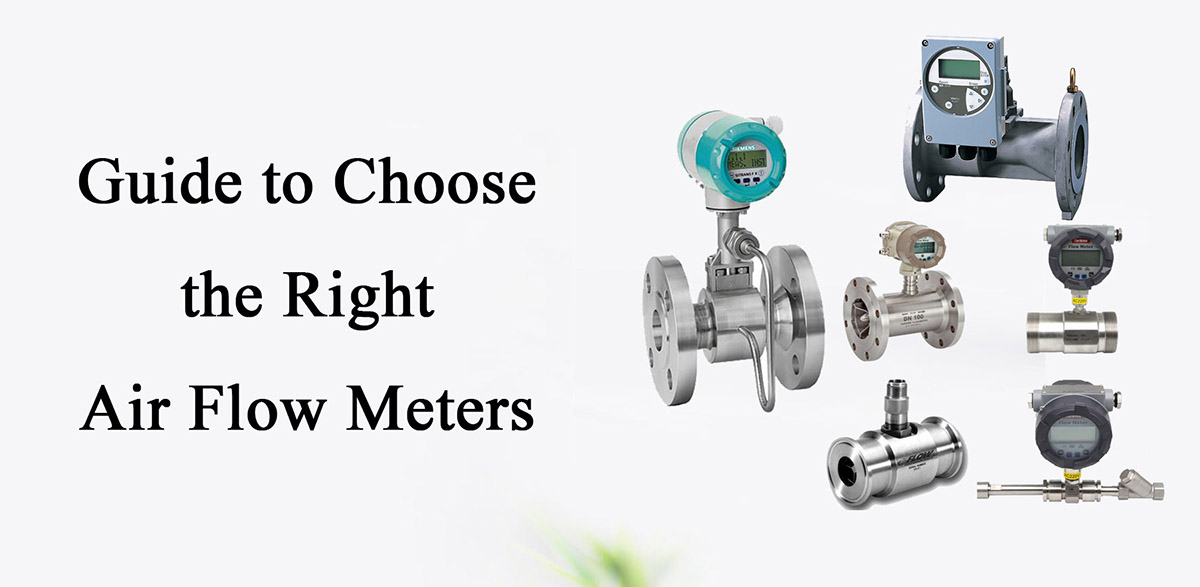
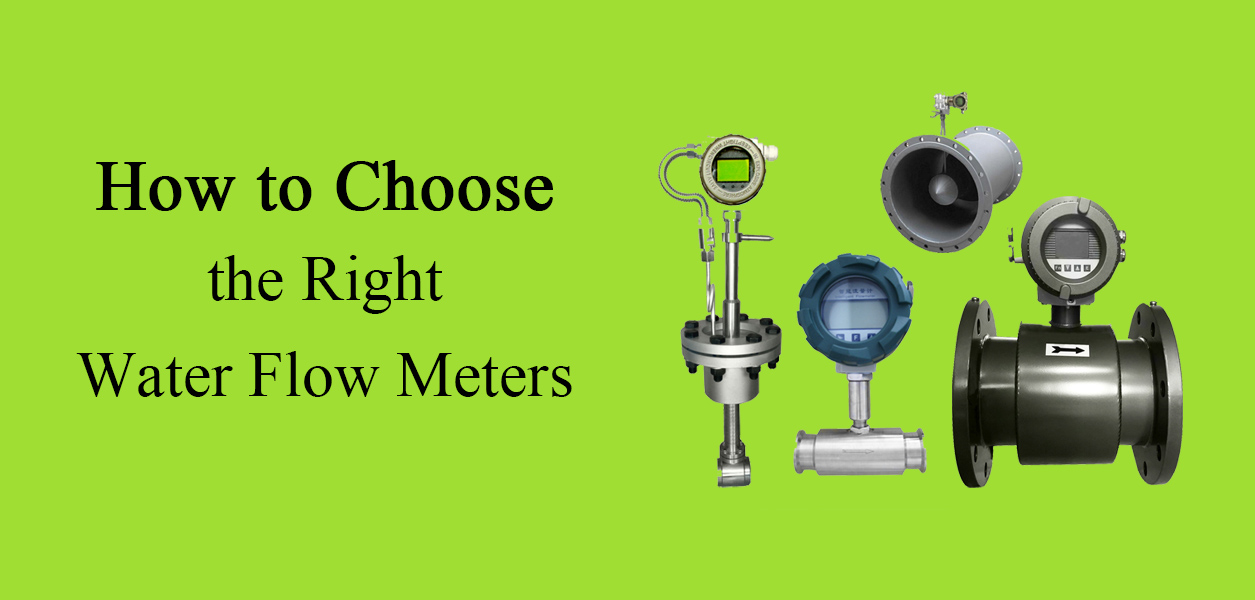
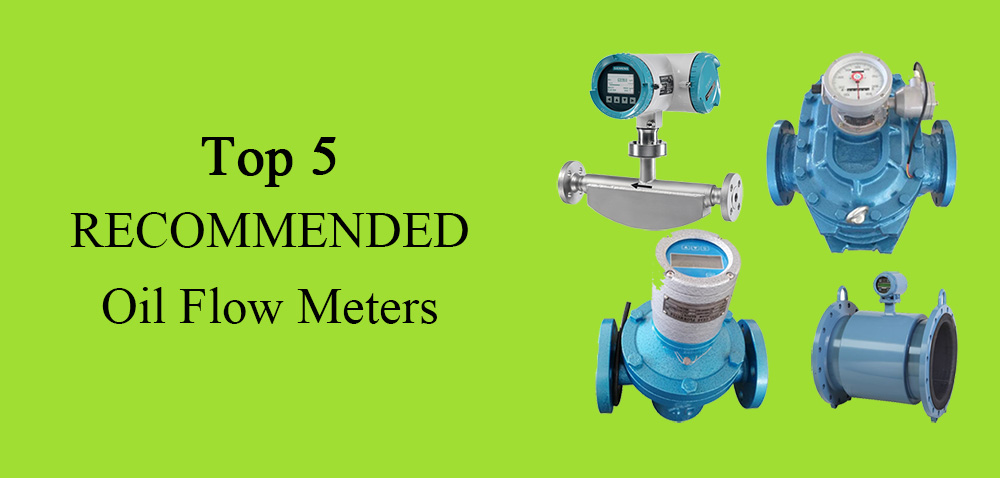
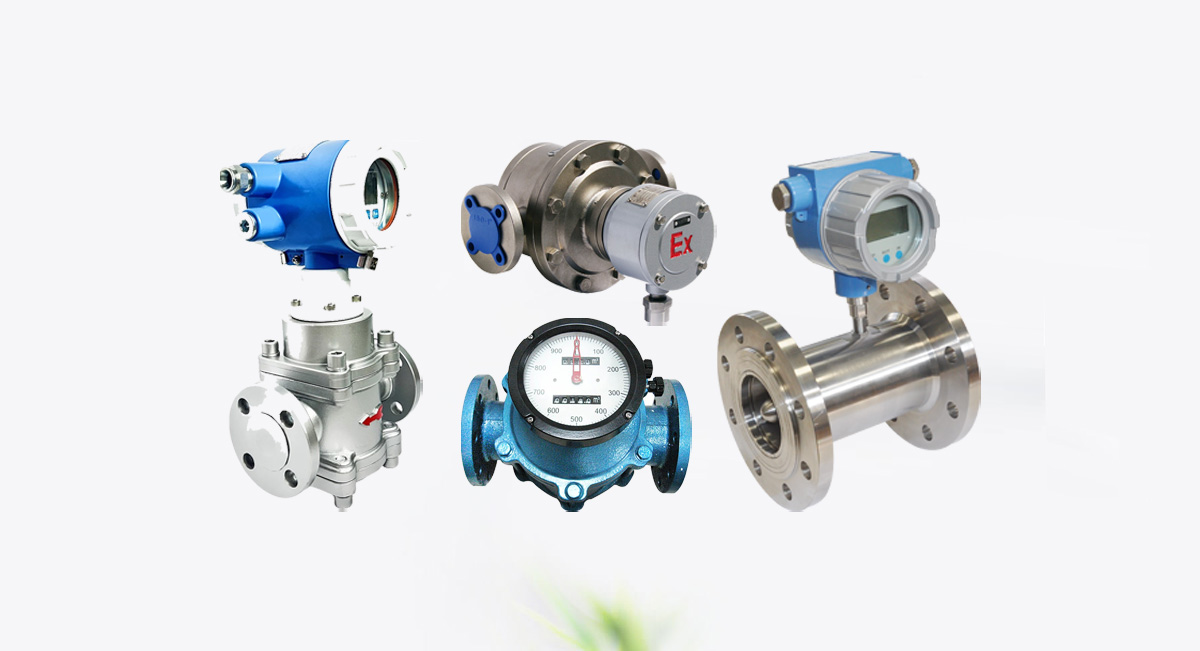


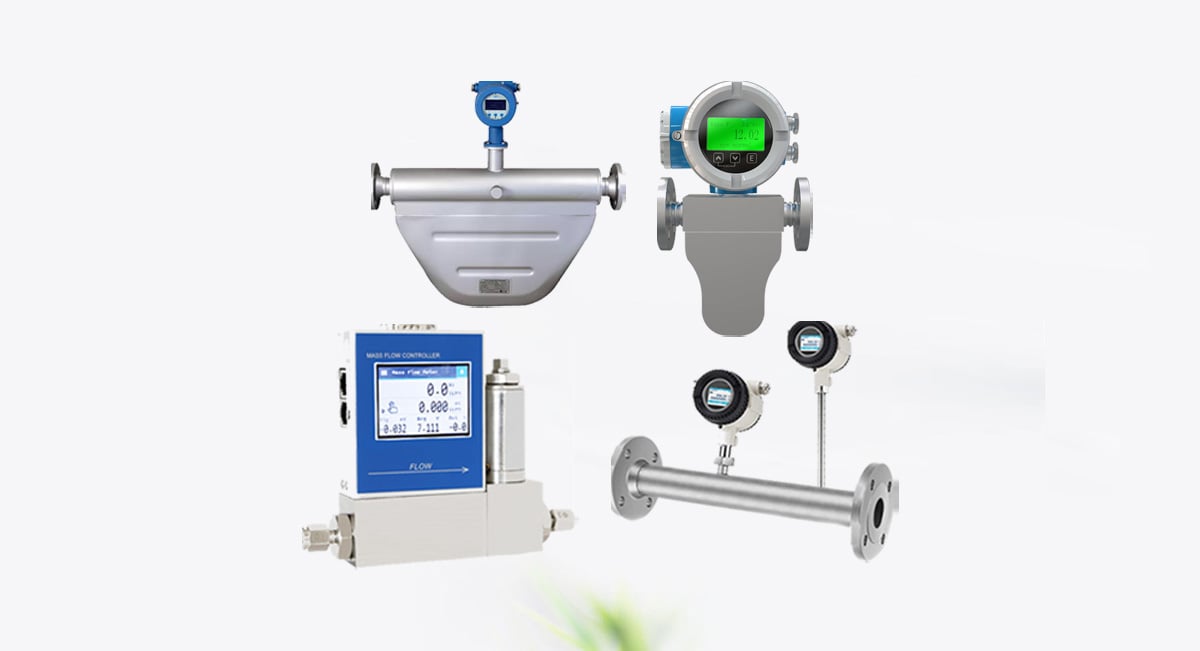
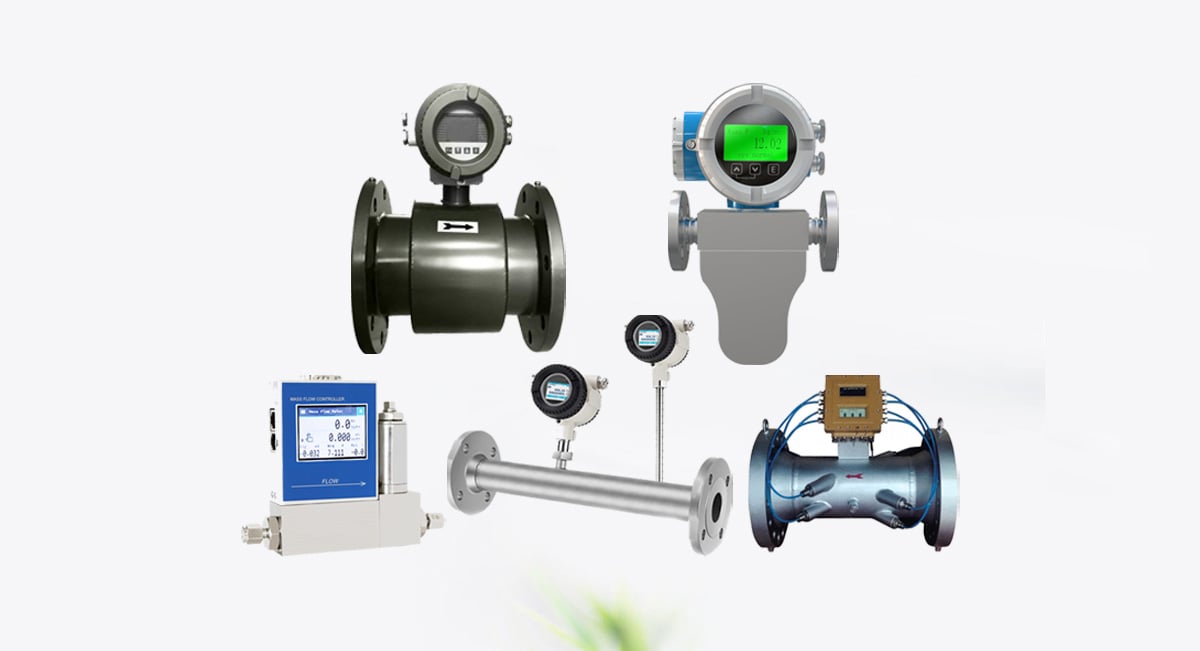
Bir yorum bırakın